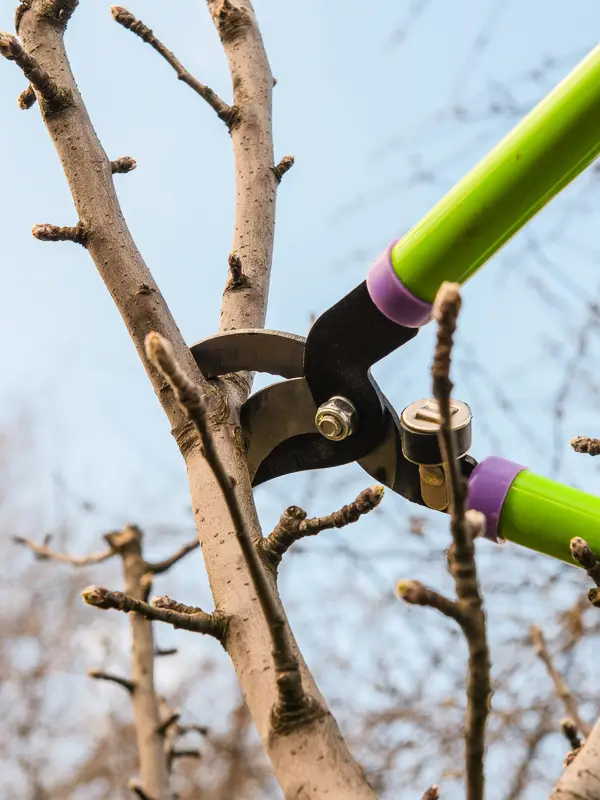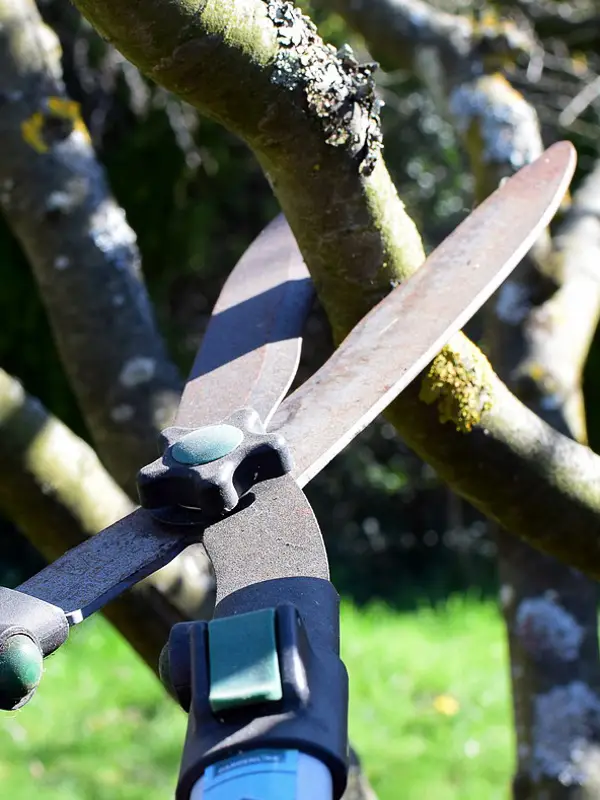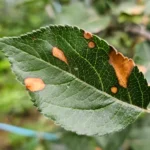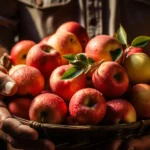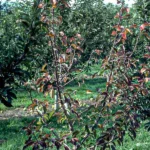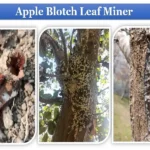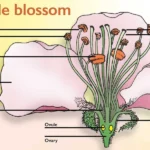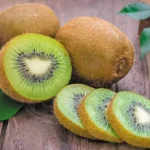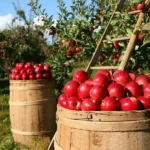We give the best Services
Training and Pruning of Apple Trees: Cultivating Orchard Success
Training and pruning are fundamental horticultural practices that play a pivotal role in the successful cultivation of apple trees. These processes are essential for shaping the growth of the tree, optimizing fruit production, and ensuring the longevity and health of the orchard. In this comprehensive exploration, we delve into the intricacies of training and pruning apple trees, uncovering the techniques and benefits that underpin their significance in orchard management.
Training Apple Trees: Laying the Foundation for Growth
The process of training apple trees begins during their early years, setting the stage for a strong, well-structured tree that will bear fruit for years to come. One of the most commonly employed training systems for apple trees is the central leader system. In this approach, a single dominant vertical stem, known as the central leader, is encouraged to grow upright. The central leader becomes the primary trunk of the tree and serves as the backbone of its structure. Scaffold branches, lateral branches radiating outwards from the central leader, are strategically positioned at regular intervals along the main stem. These scaffold branches provide the essential framework for the tree’s growth and fruit-bearing capacity
Training serves several vital purposes in apple tree cultivation. Firstly, it establishes a balanced and organized tree structure, ensuring that resources such as sunlight and nutrients are efficiently distributed among the branches. This leads to improved fruit quality and quantity, as sunlight exposure is crucial for fruit development and ripening. Secondly, training helps manage the overall size of the tree, making it easier to harvest fruit and maintain the orchard. By guiding the tree’s growth and preventing it from becoming excessively tall, training simplifies orchard management tasks.
Pruning is an essential aspect of training, particularly in the early years of the tree’s life. It involves the removal of competing leaders and unwanted branches that may hinder the development of the central leader and scaffold branches. Pruning young apple trees encourages them to allocate energy to the desired structural components, promoting a robust and well-balanced framework.
Pruning Apple Trees: Nurturing Health and Productivity
Pruning is an ongoing practice throughout the life of an apple tree, and it is a cornerstone of orchard management. Pruning serves multiple critical purposes that collectively contribute to the health and productivity of the tree and the quality of the fruit.
Thinning
Thinning cuts involve the selective removal of branches or parts of branches to reduce overcrowding within the canopy. This practice enhances air circulation and light penetration, crucial factors in disease prevention and fruit development. Adequate spacing between branches allows for better airflow, reducing the risk of fungal diseases like apple scab, which thrives in humid, stagnant conditions. Furthermore, improved light exposure ensures that more of the tree’s foliage can engage in photosynthesis, enhancing the production of sugars and contributing to higher fruit quality.
Removing Dead or Diseased Wood
Pruning is instrumental in identifying and removing dead or diseased branches. Dead wood not only hinders the overall appearance of the tree but also poses a risk by potentially falling and causing injury or damage. Diseased branches can serve as a reservoir for pathogens, which may spread throughout the tree if not promptly removed. Pruning out these problem areas helps maintain the tree’s overall health and reduces the risk of disease outbreak in the orchard.
Size Control
Pruning is an effective tool for managing the size of apple trees. Regular, judicious pruning helps keep the tree at a manageable height, making it more accessible for harvest and maintenance tasks such as pest control and disease management. Size control is particularly relevant for semi-dwarf and dwarf apple tree varieties, which are often chosen for smaller orchard spaces or home gardens.
Encouraging Fruit Production
Pruning plays a crucial role in stimulating fruit production. By selectively removing older, unproductive branches and encouraging the growth of new, fruit-bearing wood, pruning ensures that the tree dedicates its resources to producing high-quality fruit. This rejuvenation of the tree’s canopy promotes fruiting spurs and young shoots, which are the primary sources of fruit in the subsequent growing seasons.
Shaping the Canopy
Pruning helps create an open and well-ventilated canopy, a desirable feature for apple trees. An open canopy allows sunlight to penetrate deep into the tree, promoting uniform fruit ripening and reducing the risk of sunburn on the fruit’s surface. Shaping the canopy also facilitates ease of access for orchard management tasks, from pruning to pest control and harvesting.
Renewal Pruning
Renewal pruning is a specific technique used to rejuvenate older apple trees that may have become less productive or overgrown. It involves the removal of a portion of the older, less productive branches, encouraging the growth of new, vigorous shoots and branches. This technique can breathe new life into an aging apple tree, revitalizing its fruit-bearing potential.
Summer Pruning
While most pruning activities are typically carried out during the dormant season (late winter to early spring), some pruning can be performed during the summer months. Summer pruning focuses on maintaining the tree’s shape, controlling excess growth, and removing unwanted shoots and water sprouts that may develop throughout the growing season.
In conclusion, training and pruning are the cornerstones of successful apple tree cultivation and orchard management. Training sets the foundation for a strong, well-structured tree, while ongoing pruning ensures its health, productivity, and longevity. These practices are not only essential for optimizing fruit production but also for promoting orchard sustainability and the production of high-quality apples that delight consumers and sustain the orchard’s profitability for generations to come.

